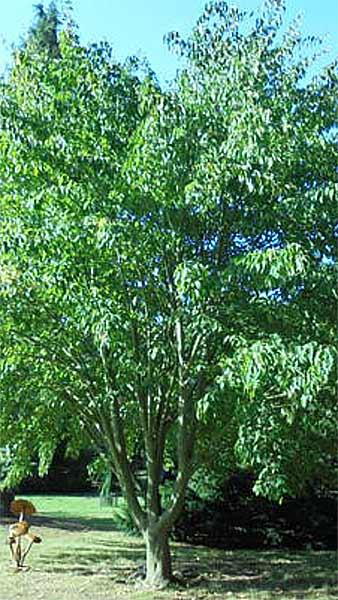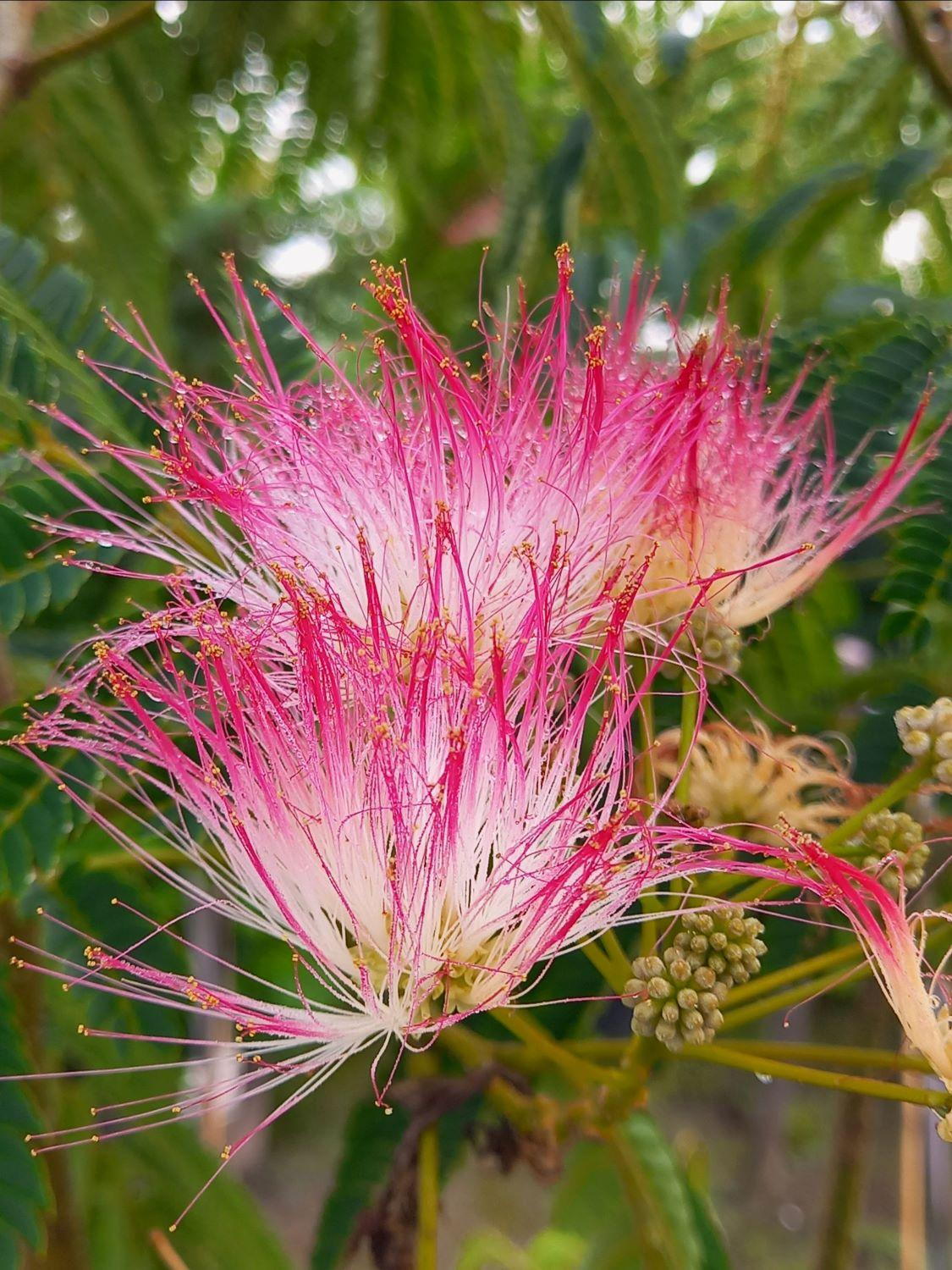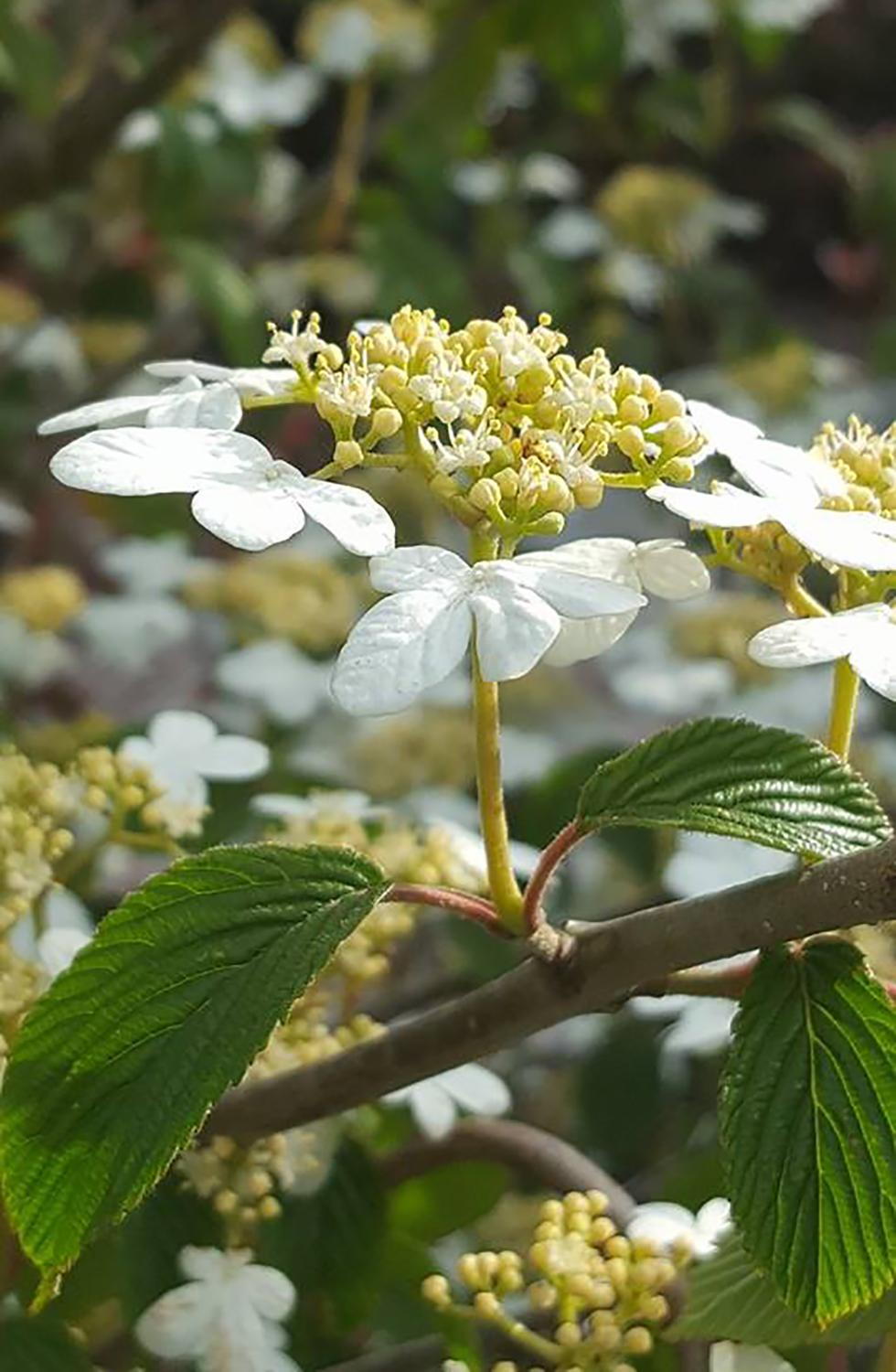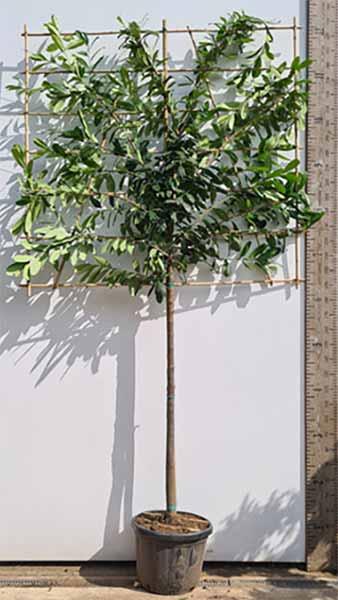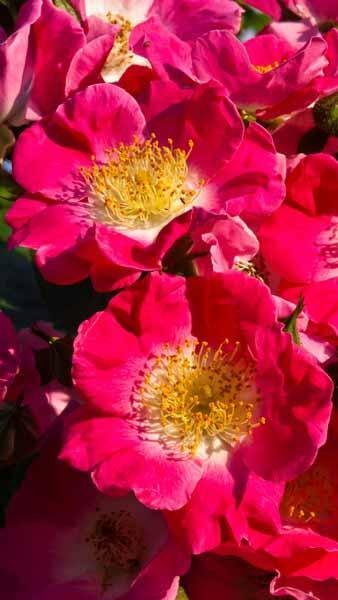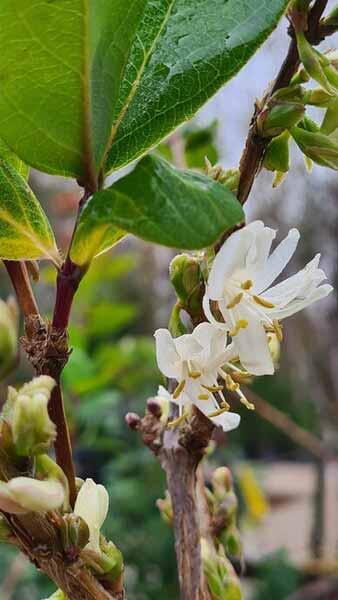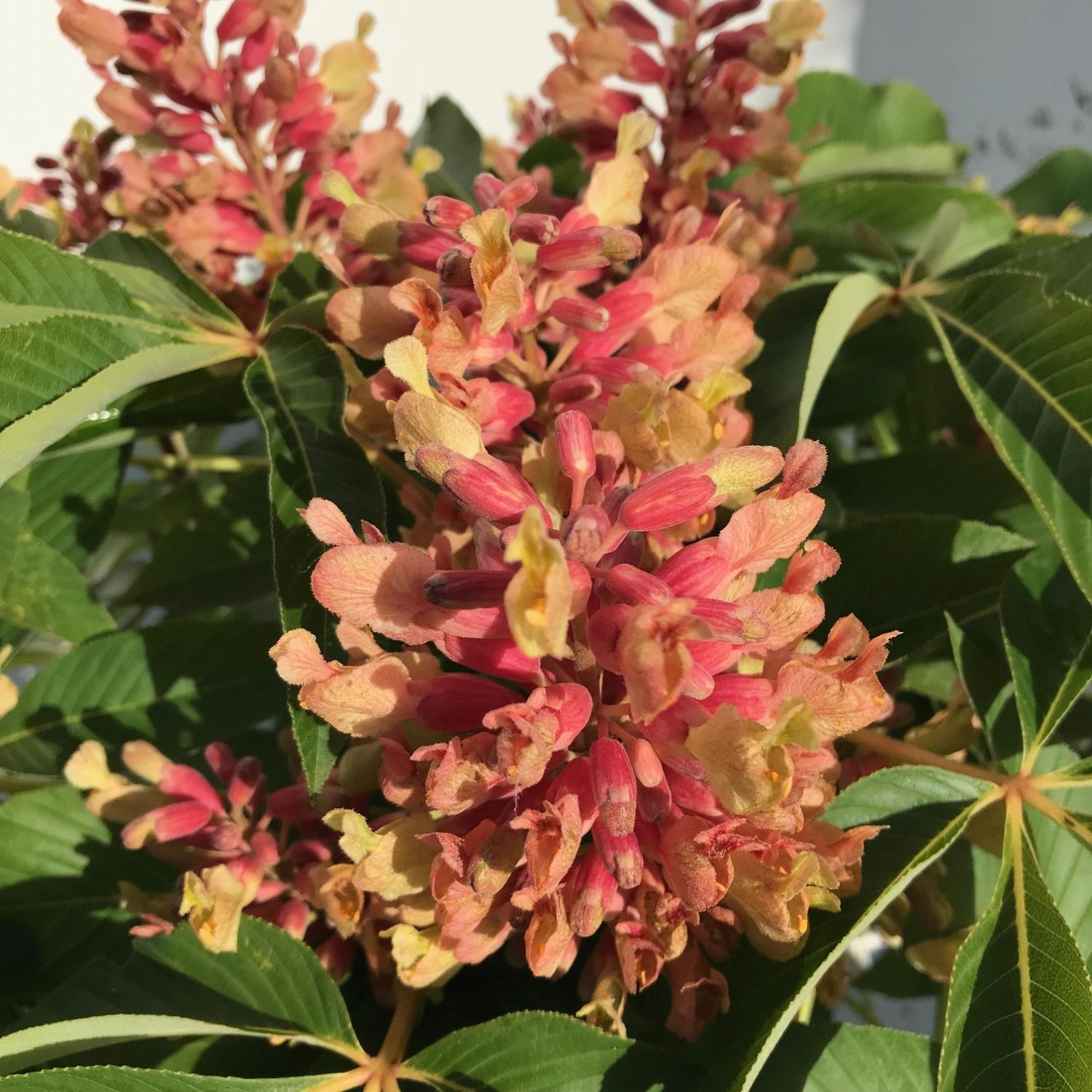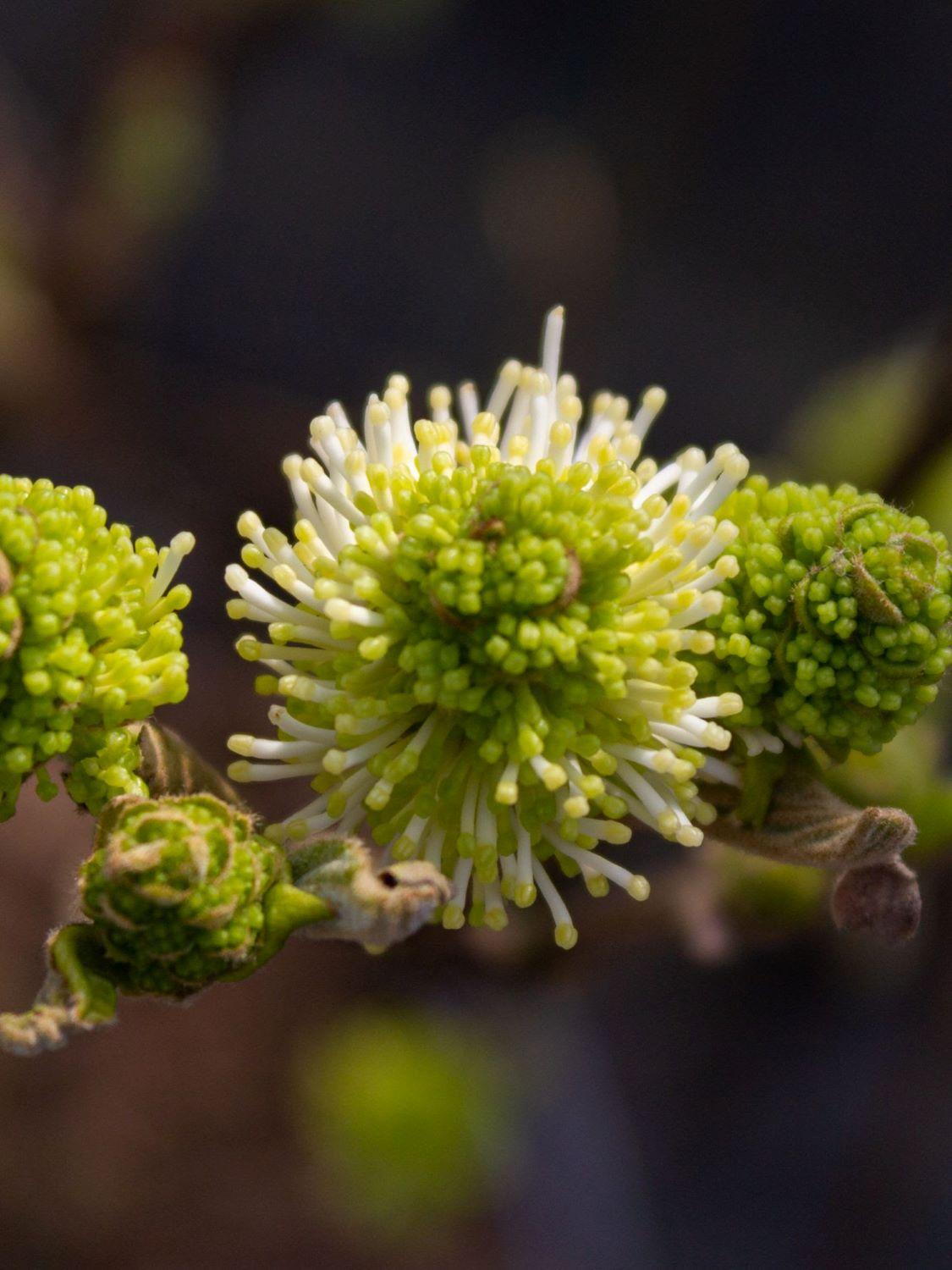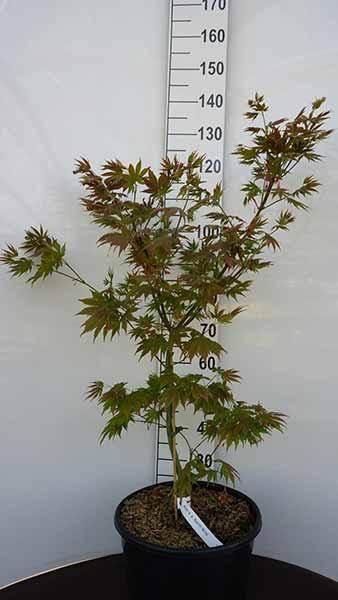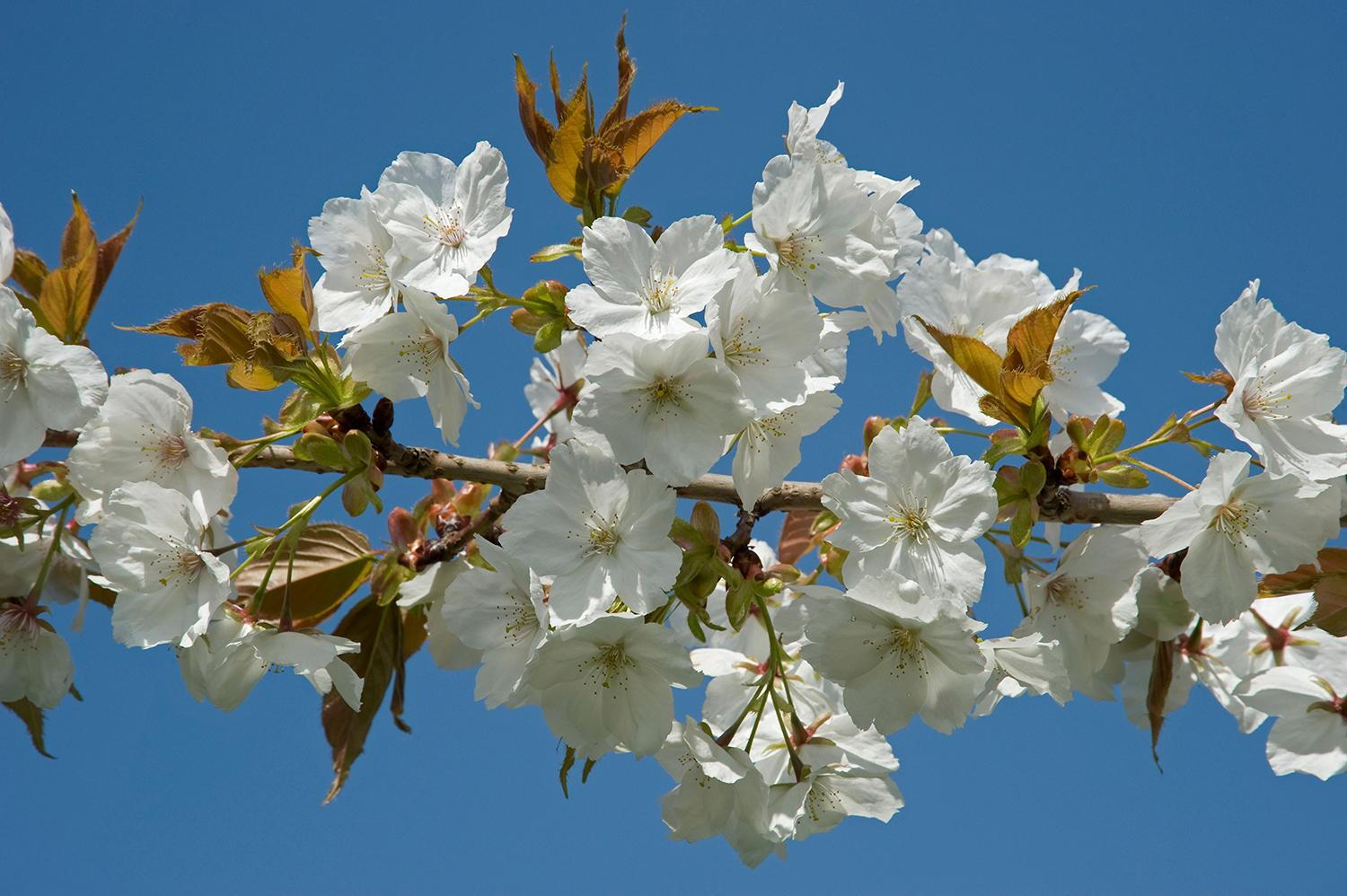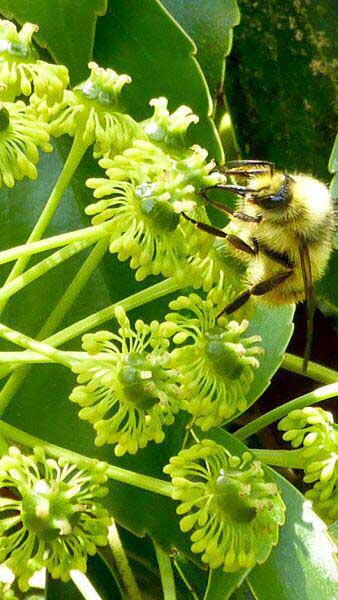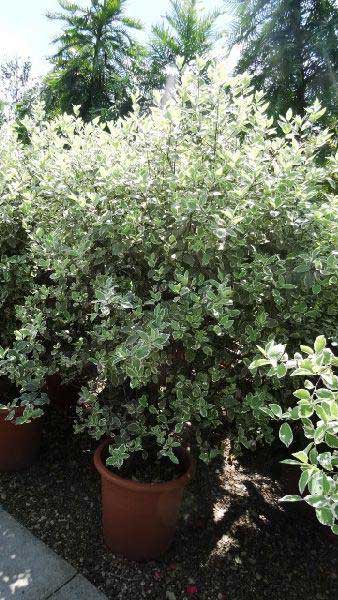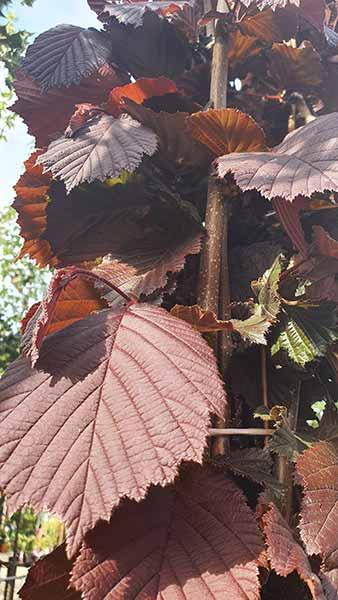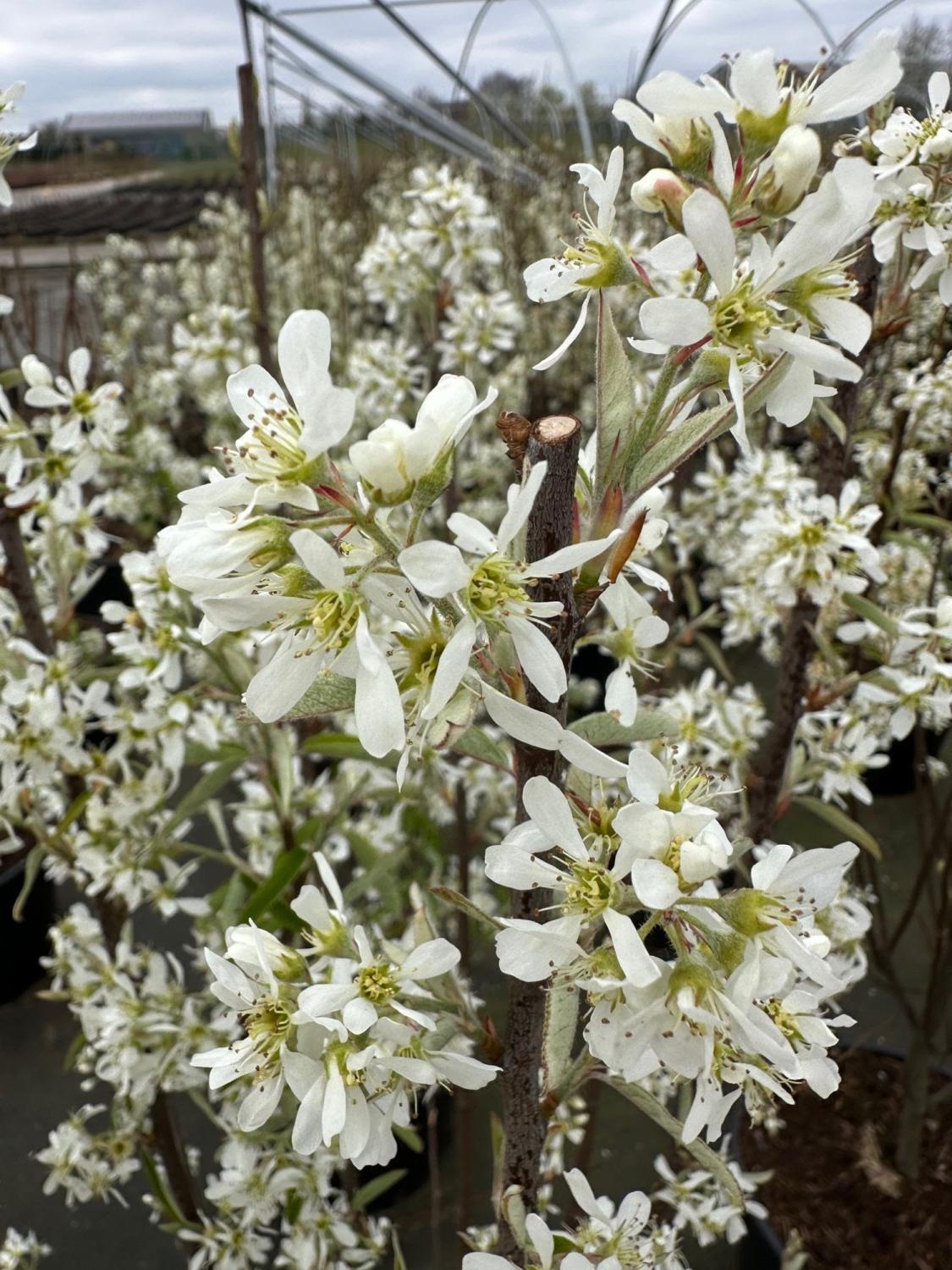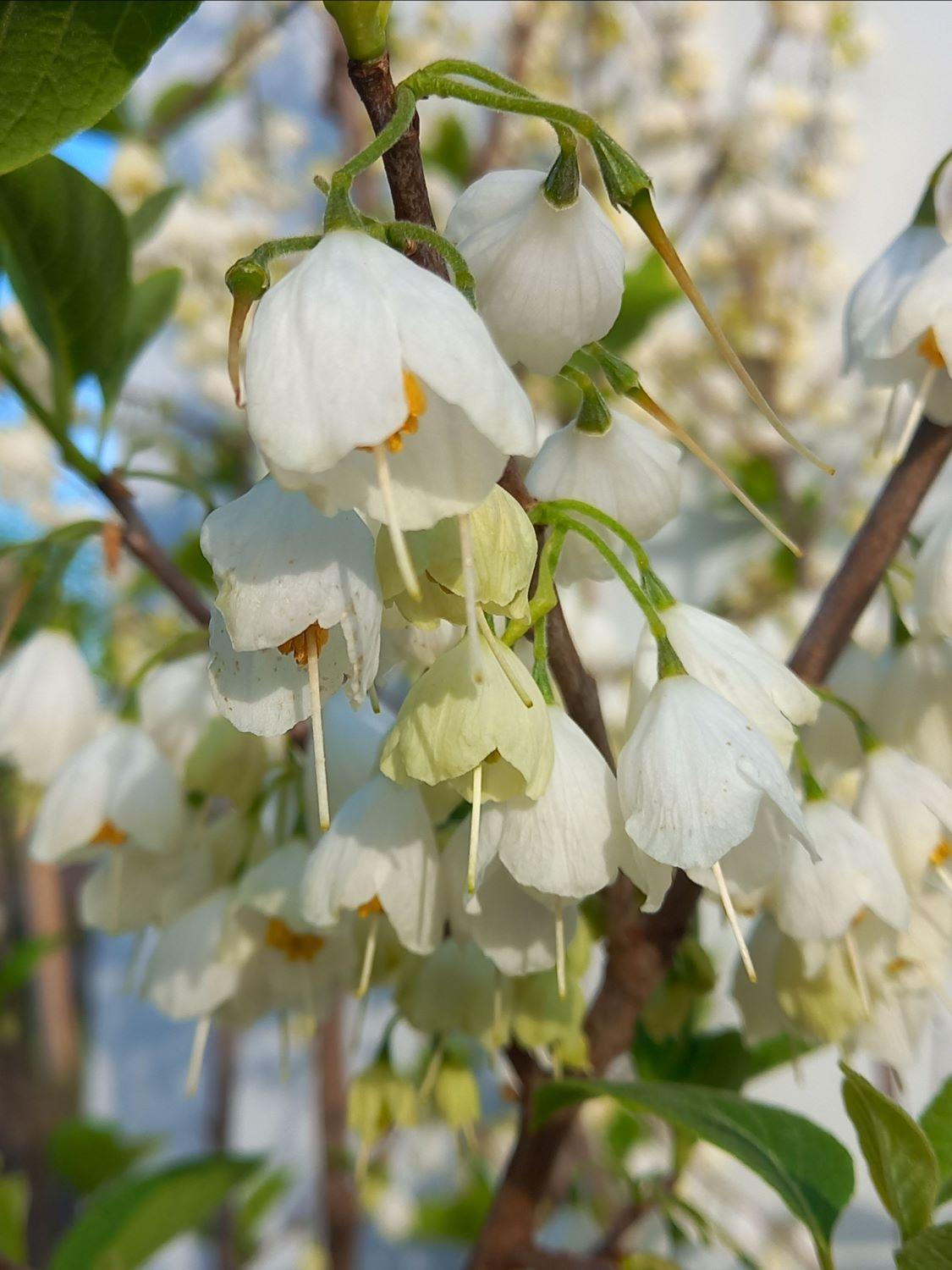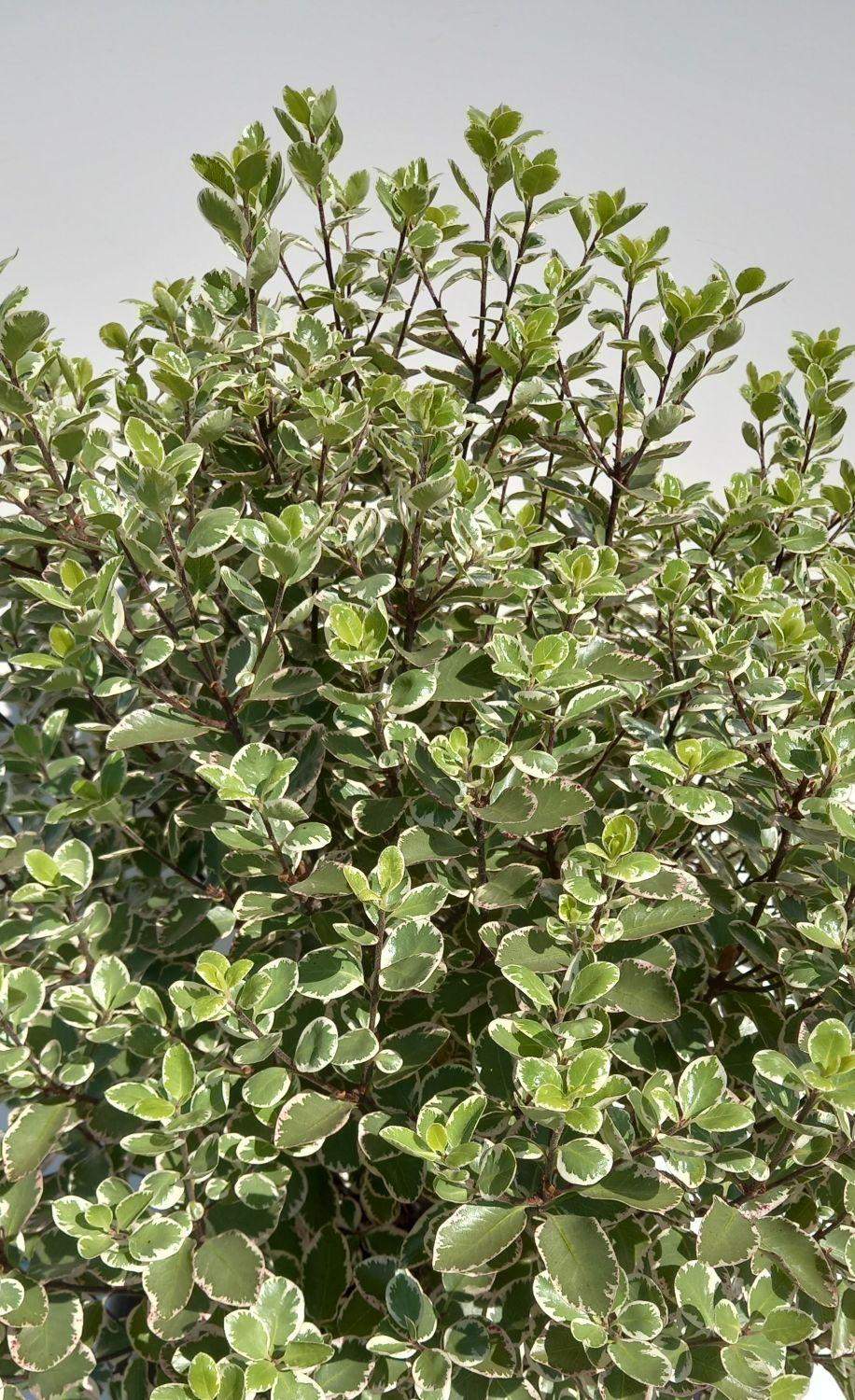Corylus Maxima Purpurea. Purple-leaved Filbert. Purple Leaf
Corylus Avellana Maxima Purpurea or Purple-leaved FilbertA near relative of the common hazelnut (corylus), Purple-leaved Filbert (Latin name Corylus Maxima Purpurea), is a large deciduous shrub with spectacular purple foliage. Robust and hardy, this tree-like shrub with edible nuts is a great choice for a statement plant or mixed shrub borders.In the spring, before the leaves unfold, pendulous, blush pink catkins appear on the shrub, gracing the naked twigs. Soon after, the foliage develops. The large, heart-shaped, deep purple leaves are late to drop, staying on the branches well into the early winter months. The edible nuts that follow, called cobnuts or filberts, are very similar to cultivated hazelnuts. Although the husk of the nuts is elongated and purple-tinged, the taste is the same. Cobnuts are usually harvested in late summer, hence the name - they were traditionally brought to church for the celebration of St. Philibert's Day, which is on August 20th. Native to southeastern Europe, Corylus Maxima Purpurea can withstand temperatures well below -20 degrees, and isn’t bothered by strong, cold winds. Fully hardy in the UK, Purple-leaved Filbert is remarkably robust and resistant to frost. Easy to care for, this ornamental shrub isn’t fussy when it comes to location. It can thrive in most soils, including chalk, sand and loam, and it won’t mind being in partial shade. However, it’s best to plant Purple-leaved Filbert in full sun, to ensure that the purple shade of the foliage remains vivid and vibrant.The Purpurea variety of Corylus is a large, tree-like shrub, and it will need space to develop fully. Although not vigorous, it can grow to be 4 to 8 metres tall and 2.5 to 4 metres wide. Low-maintenance and of good constitution, this deciduous shrub won’t need regular pruning, just routine removal of dead and damaged branches. If you want to encourage the production of nuts, train Purple Leaf Filbert as a goblet-shaped shrub.Although prized for its crop, Purple-leaved Filbert is mostly grown for its stunning, dark purple foliage. The plum coloured leaves add a touch of drama to the garden, especially when contrasted with evergreen shrubs. The multiple seasons of interests, as well as its attractive features, make Purple-leaved Filbert an excellent choice for a statement plant. Since it’s not bothered by strong winds and frost, it’s often planted as a windbreak, or in mixed shrub borders for coastal gardens.
